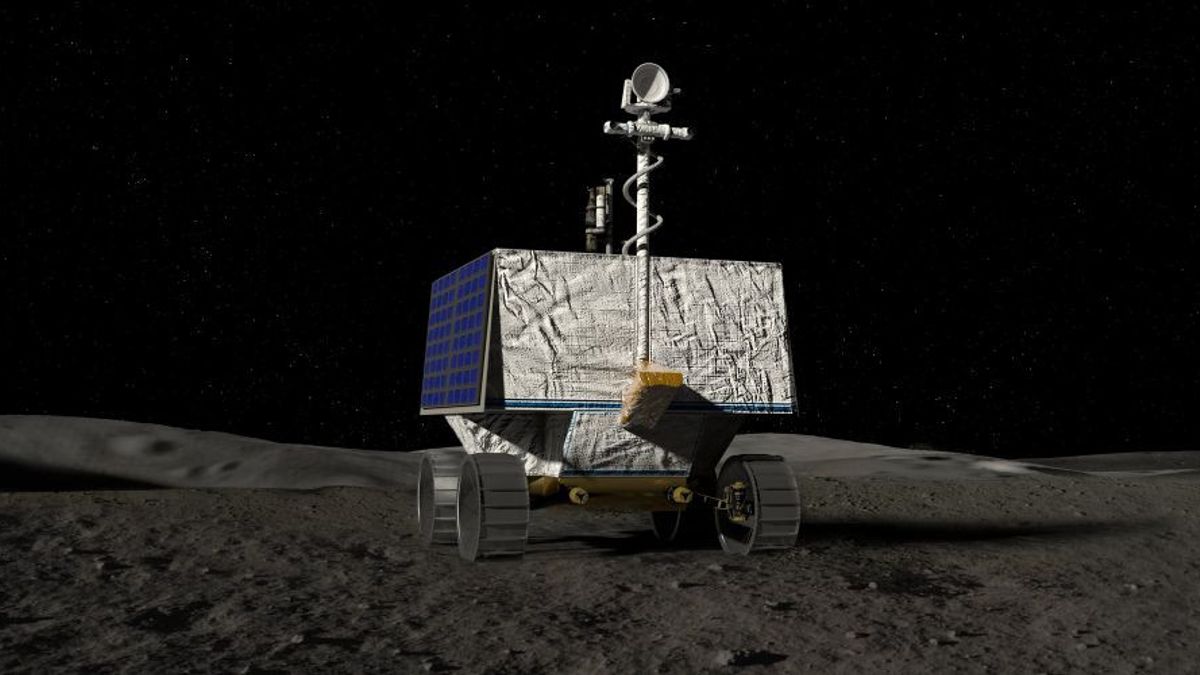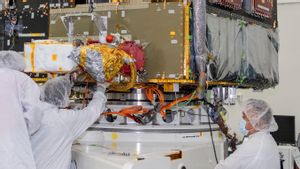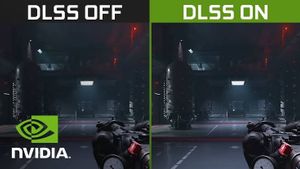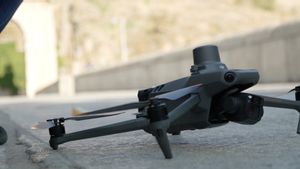JAKARTA – The next phase of NASA's lunar mission begins with the Volatile Investigating Polar Exploration Rover (VIPER). Now, the space agency has announced that it will begin its exploration journey by landing at Nobile Crater located at the largely unexplored South Pole.
The VIPER cruiser, which is roughly the size of a golf cart and weighs about 950 pounds, is powered by a solar-powered battery that will provide a peak output of 450 watts and can reach a top speed of 0.5 miles per hour. The rover has been designed with agility and versatility in mind, given the uncertainty about the lunar terrain in which it will undertake its exploration tasks.
Scheduled to take off in late 2023, VIPER, which will be NASA's first mobile robotic mission to the Moon, will continue the search for surface and subsurface water on the Moon. More importantly, the mission will help create resource maps that will help scientists comprehensively study the distribution and concentration of water in the lunar region.
The information delivered by the VIPER mission will help scientists narrow down the sites where resources such as water can be harvested to maintain a human presence on the moon as part of the Artemis Mission.
Such preparation using a rover like the VIPER will be critical as they reduce the need to carry water on long-range manned missions to the Moon, Mars, and beyond.
Ahead of the rover's launch two years from now, NASA has announced that VIPER will land near the western edge of Nobile Crater, which remains shrouded in shadow that results in ice formation due to its low temperatures.
Before site selection, NASA had to carefully analyze the paths that would provide the rover with sufficient sunlight exposure for the solar panels to charge and also prevent parts of it from malfunctioning due to freezing.
The course mapped out for VIPER will allow him to explore six sites that have been allocated for exploration and conduct research activities, one of which includes tracing the origin of frozen water on the Moon.
SEE ALSO:
From the Nobile Crater area of 93 square kilometers, VIPER is expected to explore approximately 16-24 kilometers as part of a mission involving drilling and sample collection from three sites. However, the mission won't be easy, as the rover will have to withstand extreme temperatures of up to 500 degrees Fahrenheit depending on its location in the sunlit and shady region of the Moon's the South Pole.
Another challenge is that there aren't enough guiding images of sufficient quality taken from orbit, meaning drivers will have a hard time navigating the largely unexplored terrain.
Another challenge is the nature of the terrain, as scientists aren't sure whether the ground the rover will traverse will be solid, loose, or something in between, which is a pretty dramatic warning.
Interestingly, VIPER will also be the first rover with headlights, and that's because it will mostly explore crater areas that don't receive much sunlight. The rover will be launched aboard a SpaceX Falcon-Heavy rocket and will be the largest and heaviest payload delivered as part of NASA's Commercial Lunar Payload Service initiative.
The English, Chinese, Japanese, Arabic, and French versions are automatically generated by the AI. So there may still be inaccuracies in translating, please always see Indonesian as our main language. (system supported by DigitalSiber.id)


















